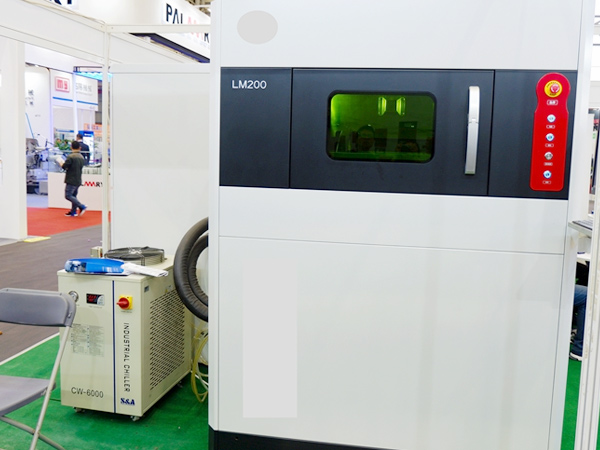UV-LED light curing technology finds its primary applications in fields such as ultraviolet curing, UV printing, and various printing applications, featuring low power consumption, long lifespan, compact size, lightweight, instantaneous response, high output, and mercury-free nature. To ensure the stability and effectiveness of the UV LED curing process, it's essential to equip it with a suitable cooling system.
Understanding UV LED Curing Technology and Selecting a Cooling System
UV LED curing systems primarily consist of three parts: the main body, the cooling system, and the LED light head, with the LED light head being the critical component directly responsible for the light curing effect.
UV-LED light curing technology employs light emitted by LED sources to transform liquids like ink, paint, coatings, pastes, and adhesives into solids. This technique finds its primary applications in fields such as ultraviolet curing, UV printing, and various printing applications.
LED curing technology originates from UV curing technology and operates on the principle of photoelectric conversion. It facilitates the collision and conversion of electrons and positive charges within the chip into light energy during their movement. Due to its advantages such as low power consumption, long lifespan, compact size, lightweight, instantaneous response, high output, mercury-free nature, and absence of ozone, LED technology is hailed as a "trump card in addressing environmental issues."
Why the UV LED Curing Process Need a Cooling System?
During the UV LED curing process, the LED chip emits a significant amount of heat. If this heat isn't effectively controlled and dissipated, it can lead to issues like bubbling or cracking in the coating, thus impacting the quality and performance of the product. Therefore, to ensure the stability and effectiveness of the UV LED curing process, it's essential to equip it with a suitable cooling system.
How to Select a Cooling System for a UV LED Curing Machine?
Based on the characteristics and applications of UV LED curing, the cooling system needs to possess advantages such as efficiency, stability, and cost-effectiveness. Commonly used cooling systems include air-cooled and liquid-cooled methods. The air-cooled method relies on airflow to carry away heat, while the liquid-cooled method uses a circulating liquid (such as water) to dissipate heat. Among these, liquid-cooled systems offer higher cooling efficiency and more stable heat dissipation effects, but they also require higher costs and more complex equipment.
In practical applications, businesses need to choose a suitable cooling system based on their production needs and product characteristics. Generally, for high-power, high-brightness UV LED sources, a liquid-cooled industrial chiller is more suitable. Conversely, for low-power, low-brightness UV LED sources, an air-cooled industrial chiller tends to be more cost-effective. In essence, selecting the appropriate cooling system ensures the stability and effectiveness of the UV LED curing process, and enhances product quality and performance, while also significantly supporting businesses in reducing production costs and improving efficiency.
TEYU S&A boasts 21 years of experience in industrial water chiller manufacturing. With over 120 industrial chiller models produced, they cater to over 100 manufacturing industries, offering comprehensive refrigeration support for various industrial equipment. Feel free to reach out to TEYU S&A professional team at sales@teyuchiller.com to inquire about your exclusive cooling solution.


We're here for you when you need us.
Please complete the form to contact us, and we'll be happy to help you.










































































































